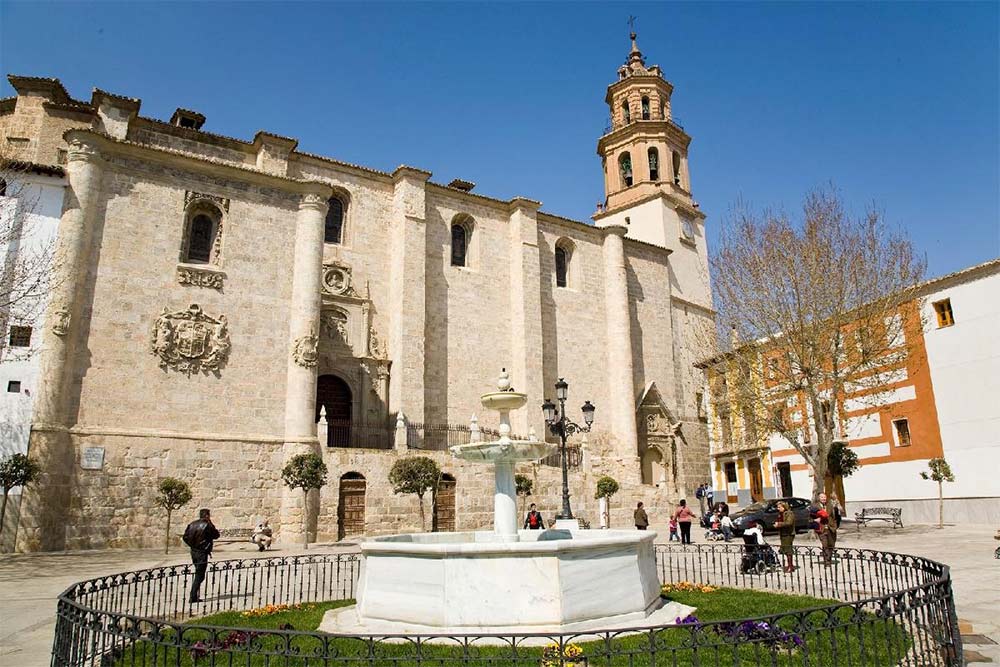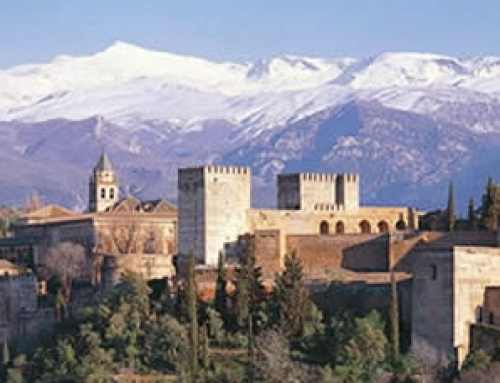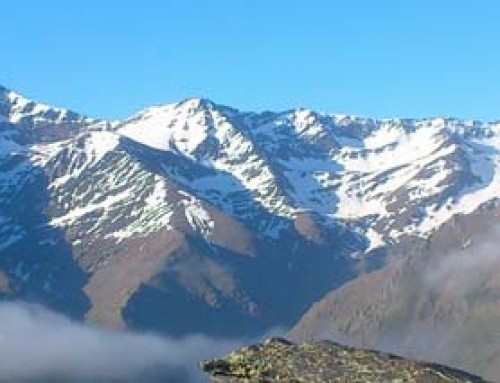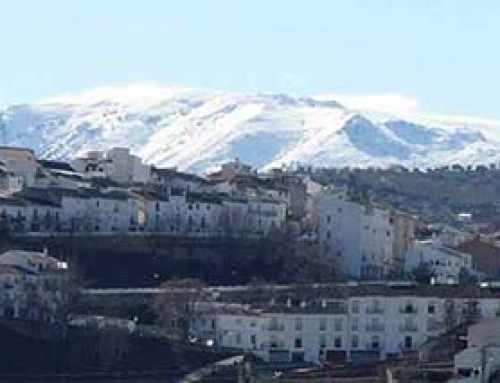The formerly known as Bastia, which was part of the Via Herculean, now has two notable tourist demands: their sulphurous waters and the legend of the Lady of Baza.
History
The Muslims, which referred to the city as Madinat Bastha, exploited its resources and woven the maze of streets that still retains. Finally, the hosts of the Catholic Monarchs stormed and captured the main square after six months of siege. Since then, and until well into the twentieth century, when new neighborhoods were built and was reactivated industry, Baza enters into decadence.
Eating Out
The strength of their calorie dishes mark the kitchen bastetana. The porridge cakes, canned or baked babolla the show. The gurupina, with cod, potatoes and peppers dry, and testuz, based on beans and white beans, are at the forefront of the indigenous culinary tradition.
Celebrations
In addition to the Easter and St. John, celebrated the Feast of Bastetano, where he reminded the countrymen who emigrated, and Fair Grande, in honor of Our Lady of Piety and in which the figure of Cascamorras tries to take the image employer without anyone manche him in war paint.
Visits
The Plaza Mayor is the starting point for a tour that includes the source of San Juan, the Dorados of pipes and the source of Teja. Los Banos of the Jewish quarter, declared a National Monument and restored in 1975, are under a house near the door of Solomon. The remains of the citadel also are located in the heart of its historic centre, but only now are preserved in some sections of walls and remains of several towers. It is also interesting for its architectural innovation, the palace “Enriquez” in the early sixteenth century, conceived as a fortress Renaissance villa field within which saved an interesting collection of armor Mudejar.
Baza has a good number of religious buildings, among which the collegiate church of the incarnation (sixteenth century), whose beautiful home Renaissance is attributed to Diego de Siloé. They are also of great interest to the church of San Juan, which combines the Mudejar style with subsequent amendments Gothic and Renaissance, and the convent of Santo Domingo, whose faculty Baroque holds great beauty, as well as churches of La Merced and Santiago.
The Municipal Museum will discover the local history through collections of objects found in the vicinity, as the replica of the Lady of Baza and the original Guerrero Baza or idol of Baza. The city is crowned by the ruins of the ancient citadel, its walls and its tower.
Surroundings
The Nature Reserve of the Sierra de Baza, with clumps of over 2,200 meters, reaching almost to the city.








